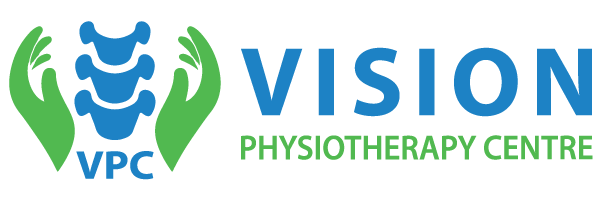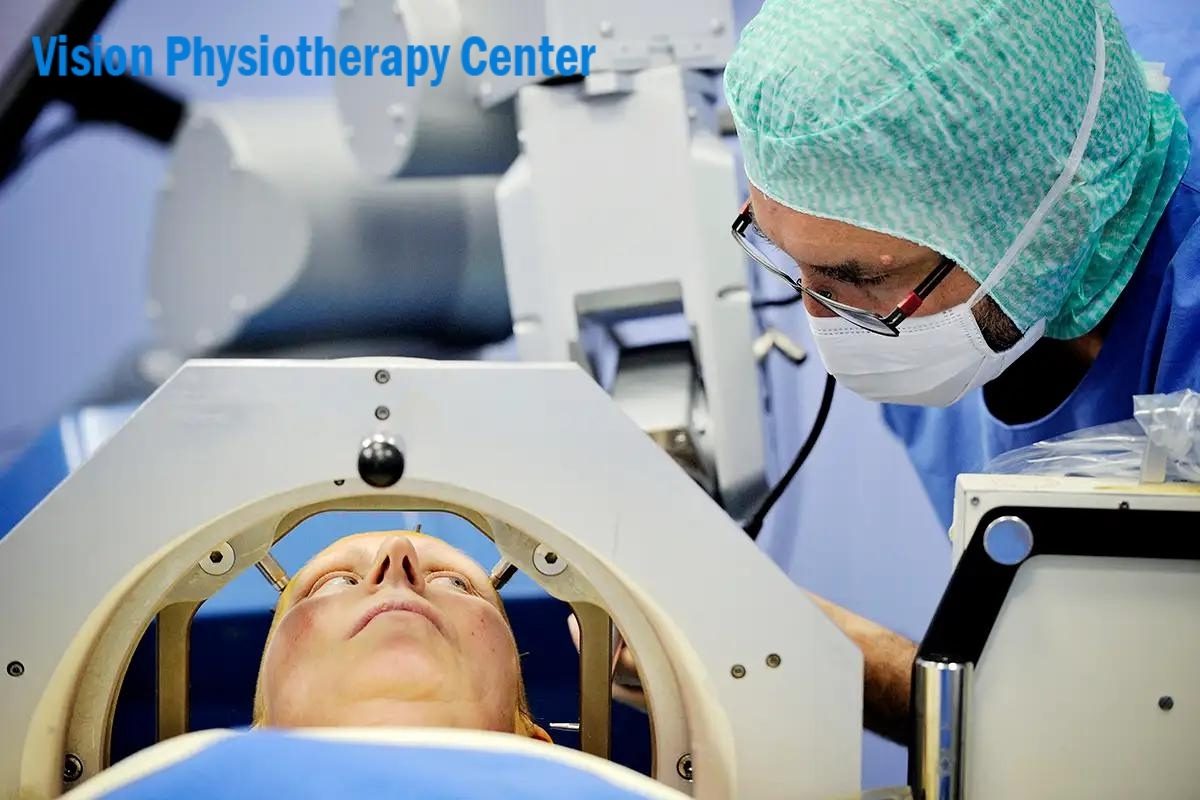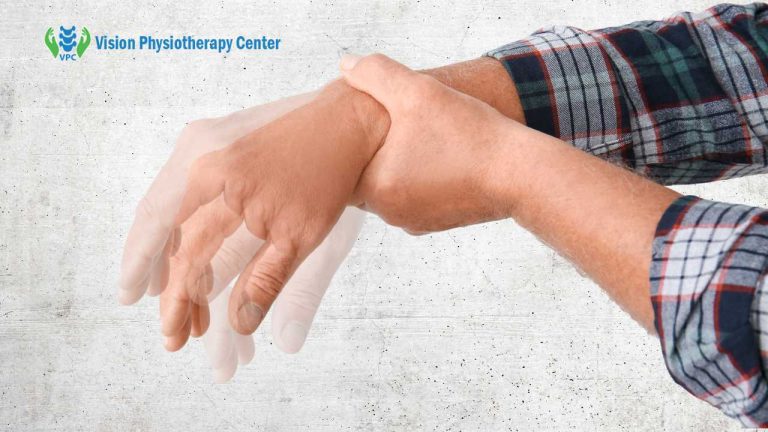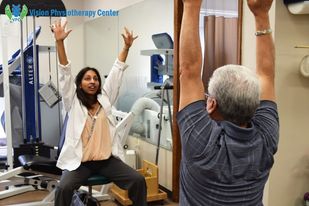Introduction
Parkinson’s disease is a sickness that affects the way someone moves. It can cause shaking, stiffness, and trouble with balance. It is caused by a problem with some brain cells that make a chemical called dopamine, which helps control movement disorder.
People with Parkinson’s disease might also feel sad or anxious, or have trouble sleeping. There is no cure for Parkinson disease, but medicines and therapies can help make the symptoms better. In this article, we’ll discuss, how does Parkinson’s affect the nervous system?
Scientists are still trying to learn more about the disease and how to stop it from getting the symptoms to worsen. If someone gets diagnosed with Parkinson’s disease early and gets good care, they can still live a good life.
What is Parkinson disease?
Parkinson’s disease is a neurodegenerative disorder that affects dopamine-producing neurons in the brain. It typically manifests as tremors, stiffness, and difficulty with movement, but can also lead to cognitive and behavioral changes over time. As a chronic and progressive condition, it impacts everyday activities and can have a significant impact on quality of life.
While there is currently no cure for Parkinson’s disease, there are a variety of treatments available to manage symptoms and improve quality of life, such as medication, physical therapy, and in some cases, deep brain stimulation. For individuals living with Parkinson’s disease, a comprehensive and individualized approach to care can help them maintain their independence and continue to engage in activities they enjoy.
Causes and Symptoms of Parkinson’s Diseases
Parkinson’s disease is a progressive disorder and chronic nerve cells that can cause a range of symptoms. Some of the most common Parkinson’s disease symptoms include tremors, rigidity or stiffness in the limbs and trunk, slow movement, and difficulty with balance and coordination.
Other symptoms can include changes in speech, loss of smell, constipation, and depression. Parkinson disease causes by the degeneration of dopamine-producing neurons in the brain and spinal cord. The loss of dopamine, a neurotransmitter that helps regulate movement, can lead to the motor symptoms associated with the disease.
While the exact cause of Parkinson’s disease is unknown, researchers believe that a combination of genetic and environmental factors may be involved. While there is no cure for Parkinson’s disease, medications, and other treatments can help manage symptoms and improve the quality of life for those living with the condition.
How Does Parkinson’s Affect the Nervous System
Parkinson’s disease is a neurological disorder that affects the central nervous system. It is caused by the degeneration of dopamine-producing neurons in the brain tissue. These neurons are responsible for producing dopamine, which is a neurotransmitter that helps regulate movement.
As a result, the loss of dopamine in the brain can lead to motor symptoms such as tremors, rigidity, and slow movement. Parkinson’s disease can also cause non-motor symptoms such as depression, anxiety, and sleep disorders.
The disease progresses slowly over time, and as it does, it can affect other parts of the nervous system, including the autonomic nervous system, which controls involuntary functions such as digestion and heart rate.
In the advanced stages of Parkinson’s disease, individuals may also experience cognitive decline and dementia. While there is no cure for Parkinson’s disease, treatments such as medications and deep brain stimulation can help manage symptoms and improve the quality of life for those living with the condition.
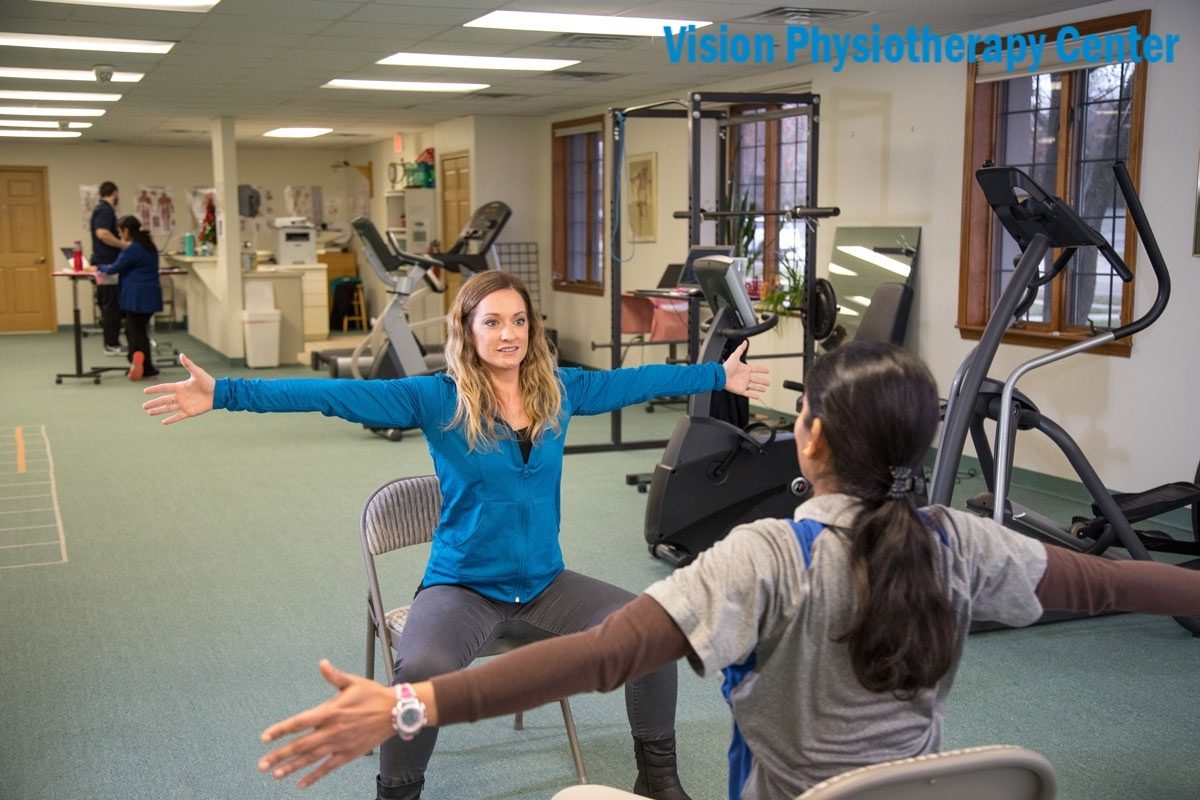
Diagnosis and Treatment of Parkinson’s
Diagnosing Parkinson’s disease can be challenging, as there are no specific tests that can definitively confirm the presence of the disease. A diagnosis is typically made based on a patient’s medical history, a physical exam, and a review of severe symptoms. In some cases, imaging tests such as a CT scan or MRI may be used to help rule out other conditions.
Once a diagnosis of Parkinson’s disease is confirmed, physiotherapy can be an important part of treatment. Physiotherapy aims to improve the patient’s physical function and quality of life by addressing issues such as balance, gait, and mobility.
Physiotherapy interventions may include exercises to improve strength, flexibility, and coordination, as well as strategies to improve posture and reduce the risk of falls. In addition to physiotherapy, medications and other Parkinson’s disease treatment such as deep brain stimulation can also be used to manage symptoms and improve the quality of life for those living with Parkinson’s disease.
Emerging Treatments and Potential Cures of Parkinson’s Disease
While there is currently no cure for Parkinson’s disease, researchers are working on developing new treatments and potential cures for the condition. One area of research that shows promise is the use of physiotherapy interventions, such as exercise and physical therapy, to slow the progression of the disease and improve the quality of life for those living with Parkinson’s.
Other emerging treatments being explored include gene therapy, stem cell therapy, and the use of neuroprotective agents that may help slow the degeneration of dopamine-producing neurons in the brain. Additionally, deep brain stimulation is a treatment that has shown significant success in managing symptoms of Parkinson’s disease.
This procedure involves implanting electrodes in the brain and using electrical stimulation to regulate the abnormal brain activity that causes Parkinson’s symptoms. While these treatments are still in the early stages of development, they offer hope for the millions of individuals living with Parkinson’s disease around the world.
Conclusion
Parkinson’s disease is a debilitating neurological disorder that affects millions of people worldwide. Although the exact cause of Parkinson’s disease remains unknown, scientists and medical professionals have made significant progress in understanding its symptoms and causes, risk factors, and treatment options.
While medications and other therapies can help manage the symptoms of Parkinson’s disease, there is currently no cure for the condition. Therefore, it is essential to continue investing in research to better understand this disease and develop new therapies that may ultimately lead to a cure.
By raising awareness and supporting those affected by Parkinson’s disease, we can help improve the lives of individuals living with this challenging condition. So In this blog post we have detailed discussed on how does Parkinson’s affect the nervous system?
Written by.
Dr. Saiful Islam, PT
BPTh (DU), MPTh (Orthopedics) – NIPS, India
PG Certificate in Acupuncture, India
Specially trained in Ozone Therapy, USA and Ozone Forum, India.
Physiotherapy Consultant, Vision Physiotherapy Center.
To consult: 01760-636324 , 01932-797229 (9:00 AM to 9:00 PM) and make an appointment.
Our Facebook page: Vision Physiotherapy Center

